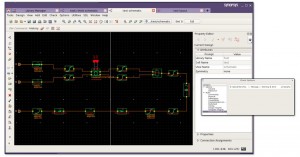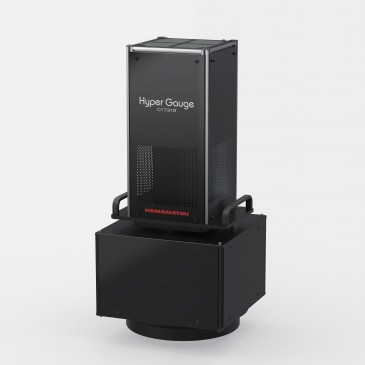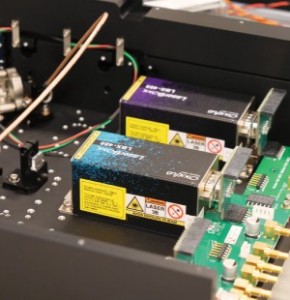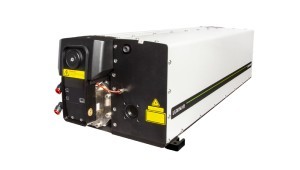
Synopsys, Inc. today introduced its OptoCompiler solution for photonic integrated circuit (PIC) design, layout implementation and verification. OptoCompiler is the industry's first unified electronic and photonic design platform, combining mature and dedicated photonic technology with Synopsys' industry-proven electronic design tools and methods to enable engineers to produce and verify complex PIC designs quickly and accurately. By providing schematic-driven layout and advanced photonic layout synthesis in a single platform, OptoCompiler bridges the gap between photonic experts and IC designers to make photonic design accessible, fast, and flexible.
Photonic technologies are enabling innovations in data communications, sensing, and imaging. As demand increases for lightning-fast, energy-efficient communications, integrated photonics provides a key enabling element of the solution. However, widespread implementation of PICs has, until now, been impeded because many design tools were intended for electronics rather than photonics. As a result, photonic design has largely been the domain of experts who could build their own tools or repurpose a disparate toolset.
OptoCompiler combines unique capabilities for photonic design with industry-proven EDA capabilities, including:
- Support for electronic-photonic co-design to ensure scalable design processes
- Comprehensive features for hierarchical design to enable multiple designers to work closely together to shorten product development cycle times
- Ability to use dedicated native photonic simulators – in conjunction with industry-standard electrical simulators – for accurate simulation results that account for statistical variations
- Seamless design and simulation of custom photonic components for inclusion in design alongside process design kit (PDK) components
- Ease-of-use features such as native optical port and net support, assisted waveguide routing, auto-alignment of photonic circuits, and curvilinear layout synthesis
- Enabling industry standards: Python, TcL and OptoDesigner for scripting and iPDK technology to support PDK development























 Back to Products
Back to Products



























